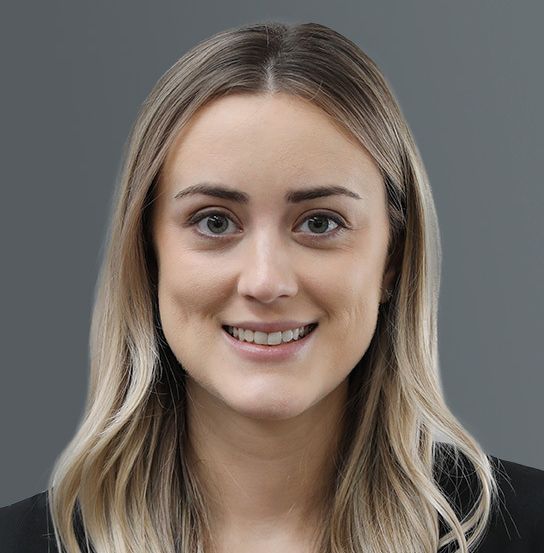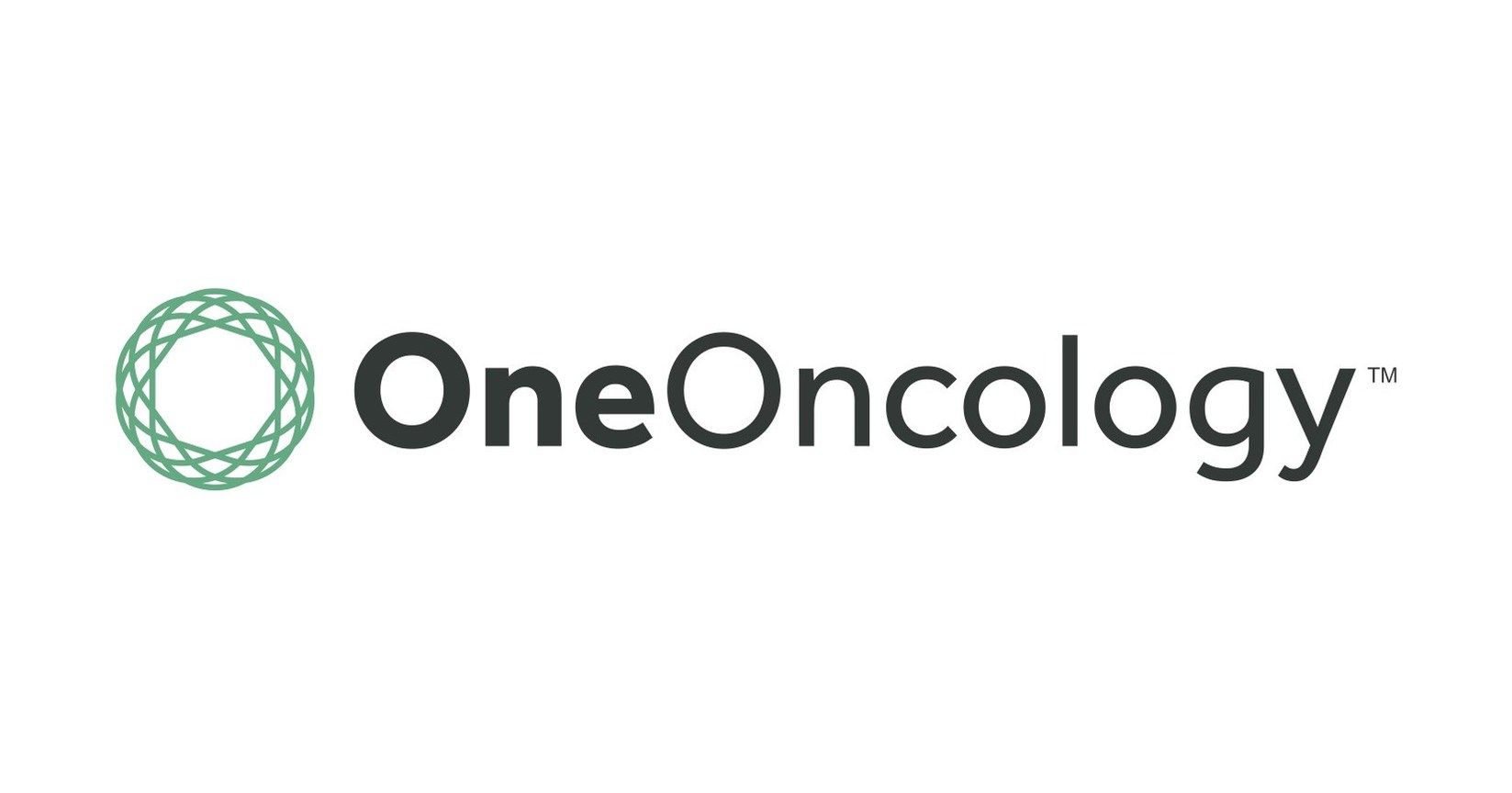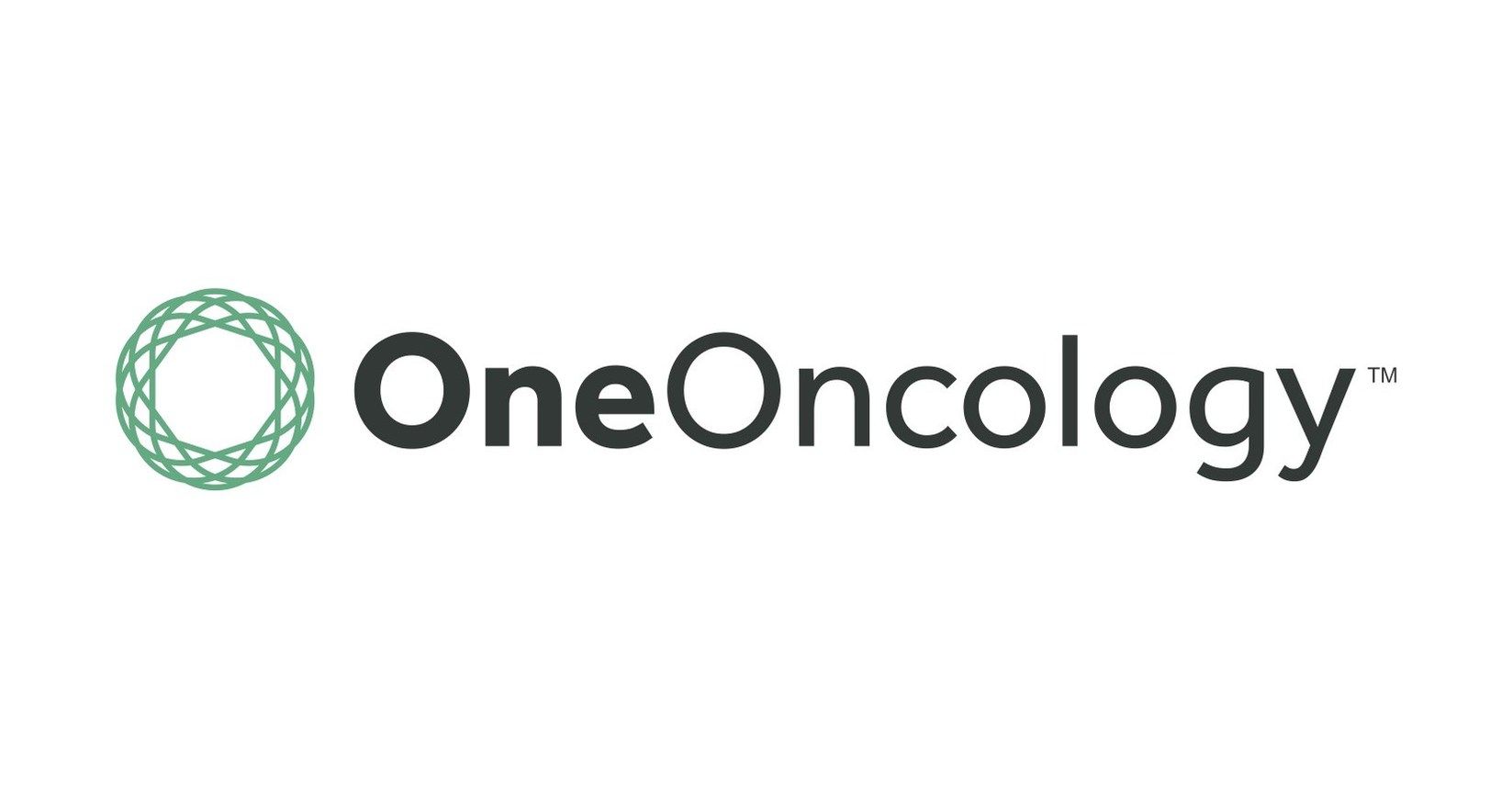Publication
Article
Evidence-Based Oncology
Navigating Persistent Financial Toxicity in the Patient Experience
Author(s):
Key Takeaways
- Financial toxicity persists, with 17% of patients avoiding follow-up care due to high costs, impacting quality of life and treatment decisions.
- Prior authorization delays affect 69% of patients, causing anxiety and distrust, with many spending significant time on insurance issues.
- Technological advancements, including telehealth and AI, improve access and reduce administrative burdens, but require careful implementation to enhance patient care.
- Greater transparency and streamlined processes are essential to address financial and administrative challenges in cancer care, improving patient experience.
At the 2024 Patient-Centered Oncology Care (PCOC) event, during a session titled, “Patient Experience Is Improving Until Bills Arrive,” experts addressed how financial toxicity persists in the patient experience in cancer care, examining both progress and ongoing challenges.
Susan Sabo-Wagner, MSN, RN, OCN, NEA-BC | Image credit: LinkedIn

The conversation was informed by a study from the American Cancer Society, which revealed that a significant number of patients, 31% of women and 21% of men, reported that their initial concerns were not taken seriously.1
Positive Strides in the Patient Experience
The panelists shared several examples of how the patient experience has improved in recent years. Kathryn Paliotta, RN, vice president of patient communications at New York Cancer & Blood Specialists, discussed changes within the practice, including adding triage nurse practitioners to handle higher-level patient needs and building a survivorship program to better support patients after treatment.
Kathryn Paliotta, RN | Image credit: NYCBS

“A lot of our patients do struggle with transportation issues, and there’s always that concern,” said Paliotta. “So, the nurse practitioners came in a way to kind of fill that gap, and they’re doing telehealth visits for our patients, and it’s a nice way to meet our patients where they’re at. The other need that we’ve seen when I think about the patient experience is survivorship.
Oftentimes those patients get forgotten about after they’re on treatment.”
Sindhuja Kadambi, MD, MS | Image credit: University of Rochester

Sindhuja Kadambi, MD, MS, assistant professor at University of Rochester, in New York, highlighted the integration of supportive care resources such as integrative oncology and nurse navigation at the University of Rochester, which has helped coordinate care for patients. Similarly, BrandiLee Sawyer, patient care coordinator at First Ascent Biomedical, in Miami, Florida, emphasized the benefits of online patient communities, which provide education, support, and access to second opinions for cancer patients and caregivers.
Alex Morozov, MD, a medical oncologist specializing in sarcoma and chief medical officer at Pi Health, shared a story about a patient who was able to access a clinical trial that saved her life, illustrating the progress in patient empowerment and matching patients to appropriate trials.
Alex Morozov, MD | Image credit: Pi Health

“Now there’s a lot more of this empowerment, and patients are able to do research online,” said Morozov. “We are starting to do more patient matching [for] the trials, so the patient doesn’t have to shop around different centers before they find the trial. We’ve made a lot of progress, but still a lot of work [needs] to be done.”
Financial Burdens on Patients
Financial burdens, including co-pays and transportation costs, were highlighted as major obstacles, with 17% of patients avoiding essential follow-up care de to fear of high costs.1
Sawyer shared how out-of-pocket costs for drugs, transportation, and hospital stays can have a major impact on patients’ quality of life, often leading families to make difficult decisions about treatment.
BrandiLee Sawyer | Image credit: LinkedIn

“You should be able to prescribe exactly what you need to for that patient to get them cancer-free in the simplest way possible,” said Sawyer. “And you shouldn’t have to worry about the cost of it, and if your patient can afford it or not. [It is] the same way that I think the patients shouldn’t have that financial burden or that toxicity weighing so heavily on them because of the cost of everything.”
Kadambi noted that older patients on fixed incomes are particularly affected by financial burdens, often asking about treatment costs during their first visit.
“Most of them are on a fixed income, so the financial burden of their cancer care is definitely one of the first things on their mind, and it’s hard when they come in and we’re their first visit, and we’re talking about treatment options, and that is the one question that’ll come up where they’re like, ‘Well, how much is this going to cost me?’” said Kadambi. “It’s so hard because you’re thinking, well, you’ve just [been] diagnosed with cancer. We need to start treatment.”
The panel also emphasized the lack of transparency in health care costs, which leads to fear and anxiety among patients about the unknown financial implications of their care.
“If you’re looking at a cancer diagnosis, [there’s] that fear of talking to patients who were more afraid of those unknown costs than they were of the cancer [itself],” said cochair Susan Sabo-Wagner, MSN, RN, OCN, NEA-BC, vice president of clinical innovation at American Oncology Network, who moderated the panel. “I think that’s something that, again, I don’t think it’s the physician not being aware, [but] not being able to understand what that true total cost of care is going to be.”
Challenges With Prior Authorizations
The panelists also discussed significant challenges with prior authorizations for cancer care and the frustration of making treatment decisions only to face prior authorization delays, causing anxiety for patients.
“There’s a lot of navigation of getting the patient to the right place, and then at the same time, I always think about those calls in the queue for acute patients who are now being delayed in their care because we’re trying to funnel resources to the appropriate space,” said Paliotta.
The panel referenced a study published in JAMA Network Open,2 showing that 69% of patients experienced delays in their cancer care due to prior authorizations, with 73% of those delays lasting 2 or more weeks. In the study, many patients had to get directly involved with their insurance companies, spending 11 or more hours on the phone, which led to decreased trust in both the insurance companies and the health care system.
Improving the Patient Experience With Technology
While technological innovations, such as telehealth and artificial intelligence, are improving access and reducing administrative hurdles, the panelists noted the need for better streamlining processes for prior authorizations.
Morozov highlighted how technology can simplify clinical research and make trials more accessible to patients, while Paliotta emphasized the importance of choosing the right technology for a practice, ensuring it enhances communication and reduces patient anxiety, rather than adding complexity.
Kadambi and Sawyer discussed the benefits of telehealth and genomic sequencing in improving patient care and access to clinical trials.
“I’ve had countless conversations with families explaining, ‘Your tumor is very specific to you, and if we can understand that tumor, then we can come up with a treatment for that, and we can use technology to help expedite getting to that answer faster,’” said Sawyer. “And so, I think it’s incredibly valuable, and I’m excited to see where it takes us.”
Sabo-Wagner also suggested using robotic process automation to streamline prior authorization processes, reducing errors and provider burnout.
“I remember during COVID-19, when it was at its prime, and we were just thinking about enacting telehealth and [talking] to some companies and maybe bring telehealth into the practice, and then, boom, everybody’s using it,” said Sabo-Wagner. “It has its challenges, and it’s not for everyone, but it certainly has really made a big difference for lots of different patients and certainly for all of us.”
Overall, the discussion underscored the urgent need for greater transparency and stronger support systems to address these challenges and improve the overall cancer care experience.
References
1. Survivor views: patient satisfaction by gender. American Cancer Society. October 11, 2022. Accessed November 13, 2024. https://www.fightcancer.org/policy-resources/survivor-views-patient-satisfaction-gender
2. Chino F, Baez A, Elkins IB, Aviki EM, Ghazal LV, Thom B. The patient experience of prior authorization for cancer care. JAMA Netw Open. 2023;6(10):e2338182. doi:10.1001/jamanetworkopen.2023.38182


Oncology Onward: A Conversation With Penn Medicine's Dr Justin Bekelman

Oncology Onward: A Conversation With Penn Medicine's Dr Justin Bekelman
2 Commerce Drive
Suite 100
Cranbury, NJ 08512
© 2025 MJH Life Sciences® and AJMC®.
All rights reserved.




